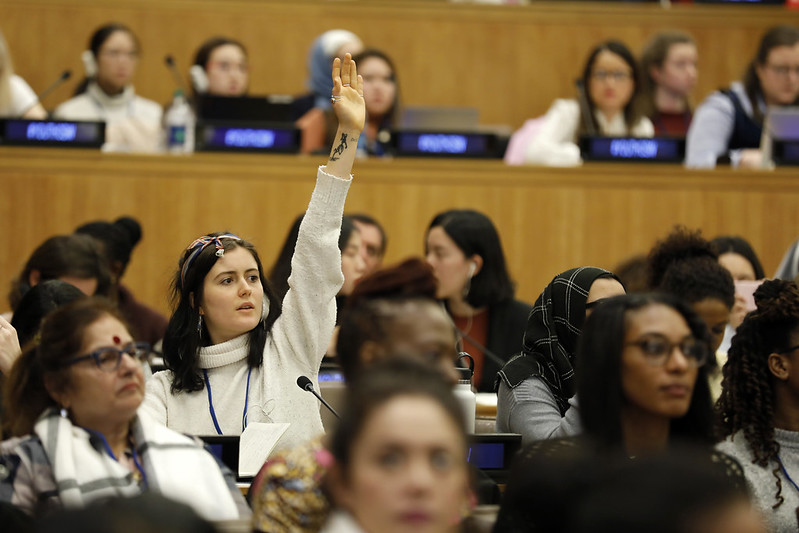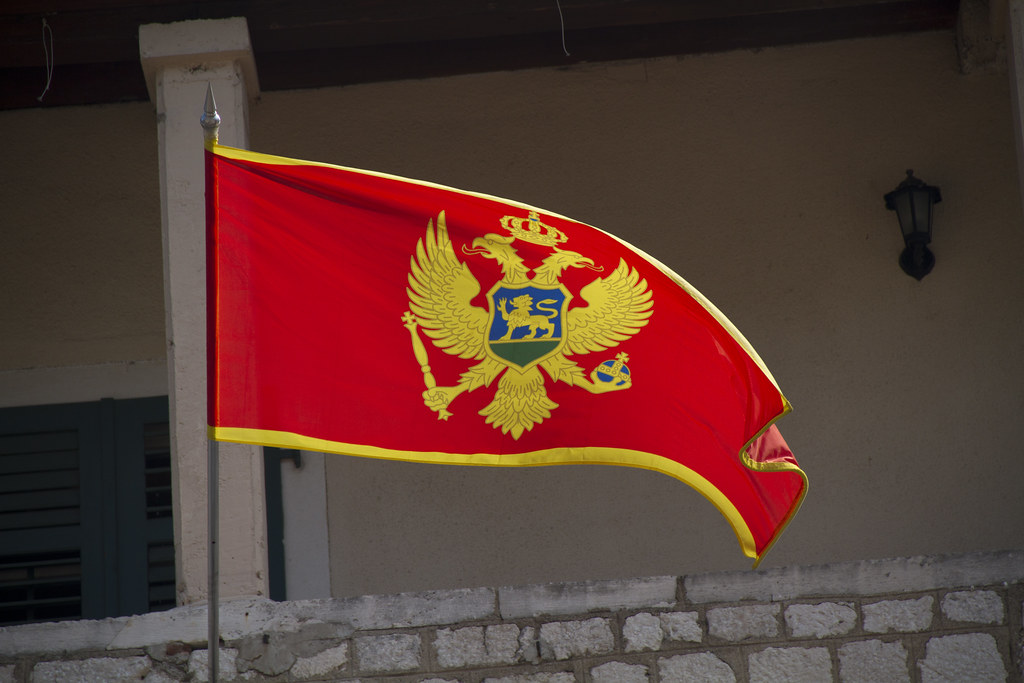Russia’s ambitions to become a Pacific great power have been marked by repeated failures, shaped by deep structural and historical limitations. In Russia in the Pacific, Charles Ziegler explores how Russia’s autocratic traditions and continental mindset have constrained its role in Asia’s maritime order.
Charles Ziegler is one of the most prominent Western experts on Russian foreign policy, specialising in Russia-Asia relations. This is one reason his new monograph deserves attention. In Russia in the Pacific: The Quest for Great Power Recognition, Ziegler offers a concise and highly readable account of Russia’s geopolitical history in the Asia-Pacific. Moreover, his book evokes profound questions about Russia’s destiny—though my own answers to these questions may differ from his.
Although Russia has an extensive Pacific coastline, extending all the way from the Bering Strait in the north to the Korean border in the south, few would call it a great Pacific power. Ziegler sets out to explain why Russia’s great-power ambitions in the Pacific have repeatedly failed. The book employs a historical perspective, examining Russia’s geopolitical record in the Asia-Pacific since the late sixteenth century when the Russians began their rapid drive eastward. In 1639, Russia established its first settlement in the Pacific. By the early decades of the nineteenth century, Russia held vast possessions in the Pacific, including Alaska, the Aleutian Islands and a settlement in northern California. That said, Ziegler’s main storyline starts in the late nineteenth century when Russia, under the young emperor Nicholas II, developed the ambition to become the dominant imperial power in Northeast Asia. This ended rather badly. In 1905, Russia was defeated by Japan, with the disastrous war triggering a revolution that almost toppled the tsardom.
In addition to the decade from the mid-1890s to 1905, when the Russian Empire competed with Japan for Northeast Asian primacy, Ziegler identifies three more distinct periods, or “windows of opportunity,” that shaped Russian fortunes in the Asia-Pacific. They include the post-World War II era of 1945 to 1950, when Japan’s surrender and the communist victory in China boosted Soviet positions in Northeast Asia; the massive build-up of ground and naval forces from the late 1960s to the 1980s, when the Soviet Union turned into a significant military power in the Asia-Pacific; and finally, Vladimir Putin’s pivot toward Asia from 2012 to the present.
According to Ziegler, those windows of opportunity didn’t produce much. The Soviet Union’s 1950 alliance with China unraveled just a decade later, transforming Beijing into Moscow’s existential adversary in the Far East. The military expansion under the late Soviet Union, albeit hugely expensive, did little to promote the USSR as a first-rank Asia-Pacific power. It remains to be seen how successful Russia’s current eastward pivot will be. So far, the results are mixed. On the one hand, Russia faces a relatively auspicious strategic environment in the east, especially compared to the European theater. Most importantly, Moscow enjoys a strong strategic partnership with China, Asia’s greatest power. On the other hand, Russia’s Far Eastern territories remain underdeveloped and continue to lose population. And in the long term, the bond with China, if not balanced by relations with the other powers, may lead to perilous dependencies.
Ziegler finds striking continuities that should explain why Russia has repeatedly failed in its attempts to become a major Pacific player. In a nutshell, Russia is a continental autocracy which may excel at internal and external coercion but never succeeds in building efficient institutions and a productive economy. Rather than relying on one theory, Ziegler deploys a blend of neoclassical realism and constructivism to consider international structure, domestic factors, and agency to better understand historical patterns in Russian foreign policy.
Not surprisingly, Russia’s policies in the Asia-Pacific have not been much different from the established patterns in the other regions—and directions—of Russian Imperium. Domestically, they have been characterised by hyper-centralisation, repression of dissent, and often a fortress mentality. Externally, Russia has relied on military force and the creation of geopolitical buffer zones to secure its extensive land borders.
Perhaps it is inevitable for a fact-rich text that Ziegler’s book contains a few errors. For example, he claims the island of Sakhalin was ceded to Japan by the 1875 Treaty of St. Petersburg. In fact, the treaty gave Russia possession over the entire island of Sakhalin in exchange for Russia ceding the entire Kuril Islands chain to Japan. The book mistakenly indicates that the Far Eastern Republic, devised by Moscow as a buffer vis-à-vis Japan, was founded in 1918, whereas it was created two years later, in 1920. The book mentions Russian companies are constructing a natural gas pipeline in Pakistan. In fact, the pipeline project was agreed in 2015, but its realisation has since stalled.
Telling the story of Russia’s Asia-Pacific pursuits, the book implicitly makes a point that Russia might well have been far more successful in them had the country’s political system been less authoritarian and more liberal. This is where I must profoundly disagree with Ziegler. If Russia had developed a different kind of political system, it would have never been capable of creating and maintaining the world’s largest land empire. The clue may be hidden in the book’s endnotes, where Ziegler refers to Nicholas Spykman’s observation that “States that are long and narrow in shape—and this is particularly true for land power—tend inevitably to disintegrate either by losing territory at the periphery where the centralising influence of the government is least felt, or by splitting to reappear as separate states.” Russia, with its sprawling landmass, has avoided disintegration precisely because the Russian state has been brutally repressive, autocratic, hyper-centralised, and militarised. Make it a federalised democracy—and Russia will most likely fall into pieces.
The very same qualities that enable the Russian state to hold the huge landmass of northern Eurasia together as a unified entity, preclude Russia from becoming a Pacific great power. For one, as Ziegler himself observes, Russia’s Pacific ambitions are fatally undermined because Russia doesn’t have a powerful blue-water navy. Russia just can’t afford one because its economy is not, and never was, large or wealthy enough. Russia can only choose between having powerful ground forces and a formidable navy. Due to its relative economic weakness, Russia can’t have both. Of course, Russian rulers have always prioritised the army. Furthermore, Russia’s perennial lack of financial and human capital undercuts its ability to properly develop its eastern territories to make the Russian Far East a major part of the Asia-Pacific’s international economy. A vigorous, highly productive market economy is nigh impossible under Russia’s traditional political system, but Russia can’t change its fundamental political institutions as doing so would risk collapsing the state.
This explains the remarkable continuity of Russia’s foreign and domestic policies, including in the Asia-Pacific. Russia’s tragedy is that it doesn’t actually have a choice. It can exist as a single polity, only as long as it adheres to the principles of Eurasian-style coercive autocracy dating back to the Muscovite grand princes who were vassals of the Mongol Golden Horde khans. This circumstance sets Russia apart from the United States, another continent-wide country that did manage to become a great Pacific power.
Unlike Russia, the United States has a wide range of choices. It can exist as a liberal democracy, but it could easily become something else if the American people choose to do so. The Americans have now twice elected a national leader who is far from being a political liberal. When characterising Russia, Ziegler repeatedly refers to “agency in the form of unique personality traits of autocratic executives, and their receptiveness to ideas of imperial dominance, expansion, and national identity.” The United States of America, a superpower and a great Pacific power, is now being led by precisely such a chief executive. This, among other things, opens up intriguing possibilities for Russia-US interaction in the Asia-Pacific. Could we live to see a strategic alliance of two autocracies in the Pacific—the Russian one and the American one? I wouldn’t rule it out.
This is a review of Charles Ziegler‘s Russia in the Pacific: The Quest for Great Power Recognition (Oxford University Press, 2024). ISBN: 978-0-197-75199-2.
Artyom Lukin is a professor at the School of Regional and International Studies at Far Eastern Federal University in Vladivostok. He is one of Russia’s leading experts on Asia-Pacific geopolitical issues.
This review is published under a Creative Commons License and may be republished with attribution.





